Meet Chiikawa, the adorable cutie!
Chiikawa is an example of a Japanese pop culture phenomenon that has successfully captured the attention of fans of humorous content through its cute visual style, simple story, and rich emotional content.
However, its popularity stems from its funny, expressive characters and relatable everyday life stories.
Cheapest MLBB Diamonds!
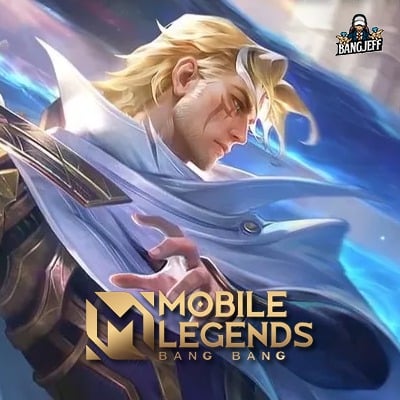

 BANGJEFF
BANGJEFF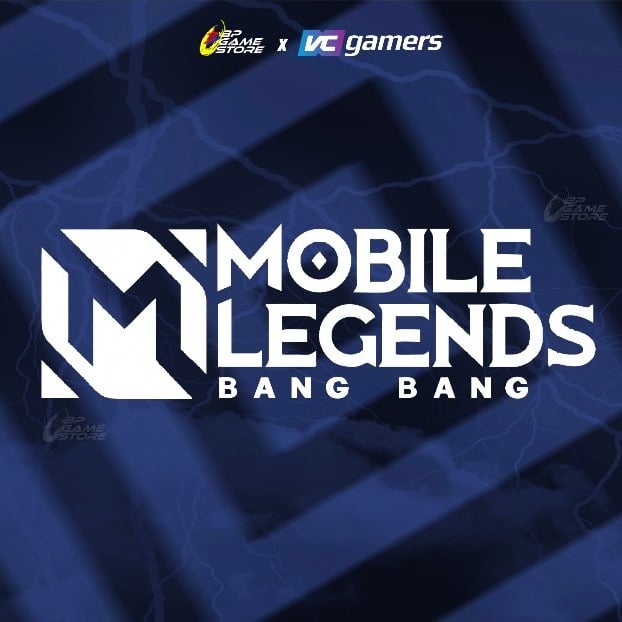

 KING OF DIAMONDS
KING OF DIAMONDS

 KING OF DIAMONDS
KING OF DIAMONDS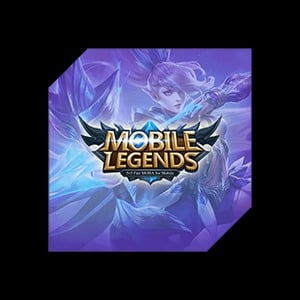

 RudyStorez
RudyStorez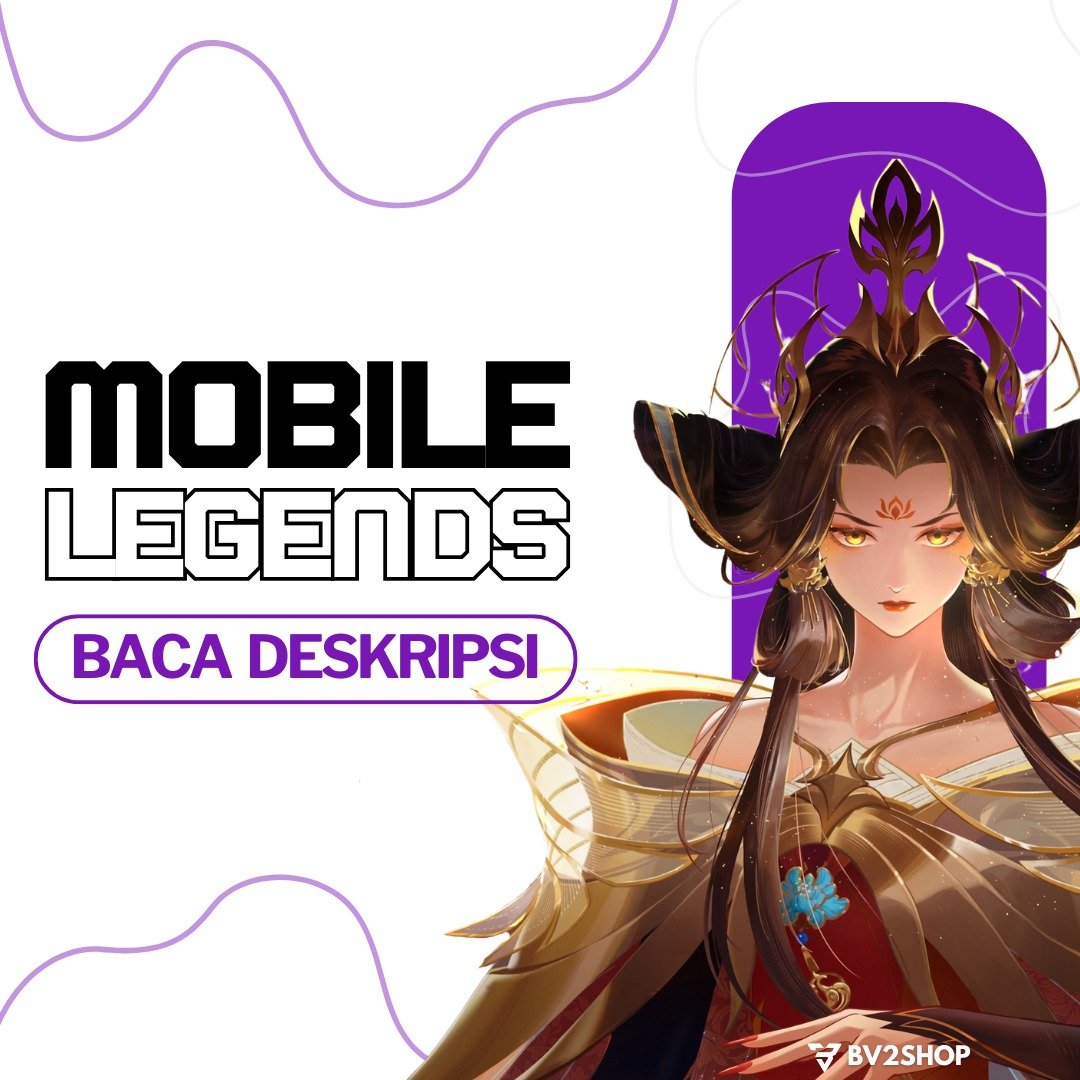

 BV2SHOP
BV2SHOP

 BV2SHOP
BV2SHOP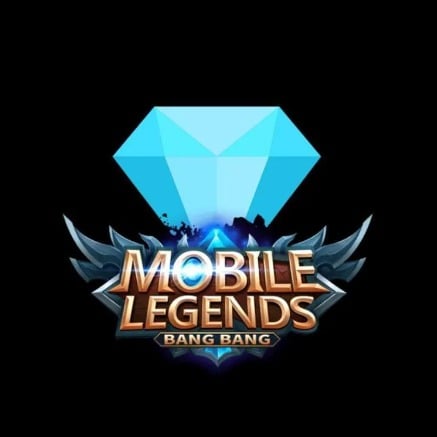

 TopMur
TopMur

 KING OF DIAMONDS
KING OF DIAMONDS

 BV2SHOP
BV2SHOP

 BV2SHOP
BV2SHOPThrough this article, you will learn more about Chiikawa's character, starting from the main character, to several supporting characters who add color to Chiikawa's world.
Come on, let's just take a look at the full review below!
Also read:
What is Chiikawa?
Chiikawa is an abbreviation of “Nanka Chiisakute Kawaii Yatsu” (なんか小さくてかわいいやつ) which means “something small and cute”.
Furthermore, the series was created by a Japanese illustrator named Nagano, and was first published as a web manga on Twitter in January 2020. Due to its soaring popularity, Chiikawa was then adapted into an anime series in 2022 which aired on Fuji TV and YouTube.
What makes Chiikawa unique is not only her minimalist and cute character design, but also the narrative of her story which is very relatable and full of meaning.
Meanwhile, the story centers on the lives of small creatures who go through routines, work, play, and struggle in a world that is sometimes full of challenges, but always relies on friendship.
Chiikawa's Character
Here are some of Chiikawa's main characters. They each have their own personalities that are very interesting to learn about. Among them:
Chiikawa

The main character in the series, Chiikawa is depicted as a small, round, white creature of no apparent species—perhaps resembling a hamster or a miniature rabbit.
- Characteristic: Shy, sensitive, and prone to crying, Chiikawa also cares deeply for her friends and is willing to sacrifice for them.
- Characteristic: Often expresses himself with short sounds like “waa” or “aaah”, but can write well.
- Unique story: Chiikawa failed the weed-pulling license exam several times, but finally succeeded after a long struggle. She also won a small house through a yogurt lottery, which became a touching moment in the story.
Hachiware

Hachiware is Chiikawa's close friend. He is blue and white with a mask-like cat pattern (hence the name "hachiware," which is also a term for patterned cats).
- Characteristic: Cheerful, rational, and enthusiastic, Hachiware often mediates in difficult situations.
- Advantages: More articulate than Chiikawa, often offering encouragement or solutions.
- Hobby: Reading, playing guitar, and taking photos. Her artistic nature is evident in several anime scenes.
Usagi

Usagi, which means “rabbit” in Japanese, is the most expressive and energetic character in the series.
- Characteristic: Wild, spontaneous, and full of enthusiasm, Usagi often shouts “yaha!” when she’s happy.
- Roles in the story: He loves to cause a stir, but is very loyal to his friends.
- Characteristic: Extreme facial expressions and voices, providing humorous effects in various situations.
Momonga

Momonga is a character that resembles a sugar glider or small flying squirrel.
- Characteristic: Narcissistic, likes to appear cute and attract attention.
- Uniqueness: Often seen doing cute poses or trying to get himself complimented.
- Conflict: He often feels isolated because of his desire to be different, but still wants to be accepted in the community.
Kurimanju

Kurimanju is a small, brown ball-shaped creature, looking like bread or cake.
- Characteristic: Quiet and solitary.
- Role: Appears in several episodes as a mysterious figure, but attracts attention because of his unique design.
Yoroi-san (Mr. Armor)

One of the most mysterious yet likable characters.
- Appearance: Fully armored, like a knight.
- Characteristic: Quiet and very strong.
- Work: Training other small creatures to survive in Chiikawa's less-than-safe world.
Rakko

Rakko is an otter who looks cute but is actually very strong and versatile.
- Characteristic: Friendly and good at communicating.
- Strength: Able to fight strong enemies alone.
- Contribution: Gives a sense of security to other characters.
Shisha

The characters are shaped like traditional Okinawan guardian statues (shisa).
- Characteristic: Quiet but firm.
- Role: Maintain order and frequently appear at workplaces such as factories or stations.
Chiikawa's Character Differences from Manga to Anime
Chiikawa's character's journey from manga to anime offers a different feel. In the manga, the main characters are often depicted in brief moments—sometimes just a single panel—which requires the rapid and concise delivery of emotions.
However, in the anime version, many scenes are expanded to include a more narrative narrative. Chiikawa, who was initially seen as a shy character, is shown to gradually develop courage.
For example, in the early episodes, Chiikawa is afraid to take the weed-pulling exam, but after several failures and learning from the experience, she finally succeeds—an emotional moment that strengthens her character development.
Hachiware has also evolved. From being just a cheerful friend, he's increasingly seen as a wise older brother figure, one who not only provides encouragement but also knows when to give his friends space.
Likewise, Usagi, who initially seems like the clown of the group, slowly shows an empathetic and protective side—especially when her friends are in trouble.
Why is Chiikawa's character so popular?
One of the main strengths of Chiikawa's character is her ability to convey emotions in a simple yet well-conveyed way to her loyal audience.
Each character, despite appearing in cute chibi form, reflects a variety of human emotions: anxiety, fear of failure, joy, envy, and even gratitude.
Chiikawa is often depicted as someone who feels inadequate, but tries hard to survive.
Of course, this depicts the struggles of many people in the real world—especially young people living under social pressure. Stories about failing exams, loneliness, and finding support from friends create highly relatable moments.
Meanwhile, characters like Momonga and Rakko offer different perspectives. Momonga portrays an individual who craves recognition, sometimes trying too hard to appear "attractive," while Rakko represents a strong yet humble adult.
Interestingly, Chiikawa doesn't depict major conflicts like war or political intrigue. Instead, the smaller conflicts of everyday life—such as fear of exams, hunger at work, or losing a friend in a crowd—are key tools for character development.
For example, when Chiikawa and Hachiware get lost in the forest and can't find their way home, the fear they experience isn't just an emotion, but also a catalyst that makes them more united and interdependent. From this, the audience learns that fear isn't a weakness, but rather a process that leads to strengthening relationships.
Also read:
That's a complete discussion of Chiikawa's character. So, which one is most relatable to your life right now?







